The Past, Present And Future Of Hammer Films
Hammer President Simon Oakes talks us through the iconic British studio
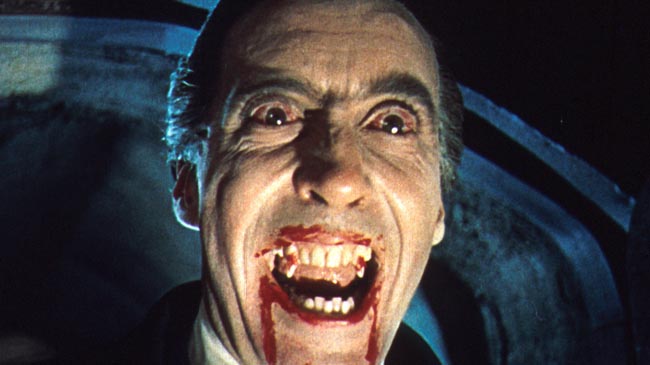
The golden age
"I think if you talk about the golden age being 1957 through to the late sixties, Hammer alighted on a genre that no one had really identified as horror. I mean, people didn’t really talk about horror films as such… it was a genre within other genres. I think it was their decision to take classic characters and up the ante with them. With Dracula you tended to see this slightly gothic, black-and-white approach but suddenly Technicolor pushed it in your face and made it sexy."
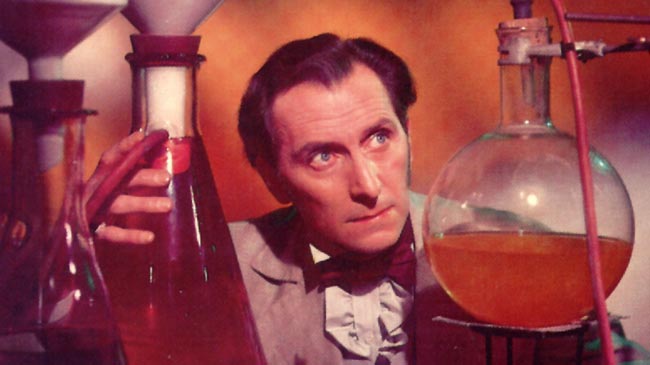
The classics
“You had this group of people - Jimmy Sangster, Terry Fisher, Peter Cushing and Christopher Lee – this group of can-do, smart, creative people, all of whom came together at the same time. They went back to the source material, back to the classic characters, and that gave them a grounding that resonated with people. They were pushing at the boundaries and making the genre stretchy. You’ve got sci-fi with Quatermass , you’ve got monster movies like The Gorgon , you’ve got the mini-Hitchcock psychological thrillers and you’ve got Dracula and Frankenstein . Their output was extraordinary.”
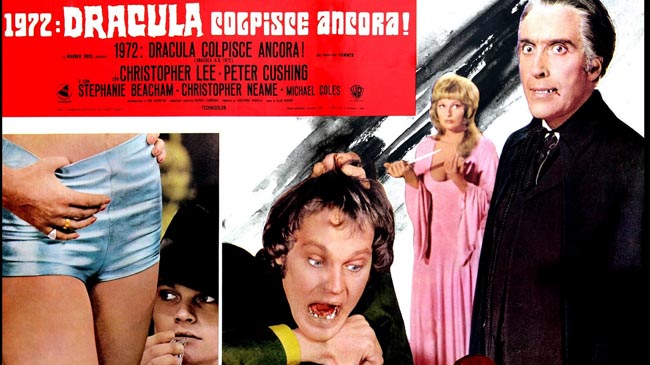
The dodgy 70s period
“I think Hammer just ran out of steam, and I think it didn’t have the creative direction. Basically, they didn’t move quick enough in the ’70s. They didn’t see what was coming down the pipe at them – which was a raft of urban myth movies coming out of America like The Omen and The Exorcist . I mean, the same year that The Exorcist came out, Dracula AD 1972 had Christopher Lee walking down The King’s Road in a velvet cape…”
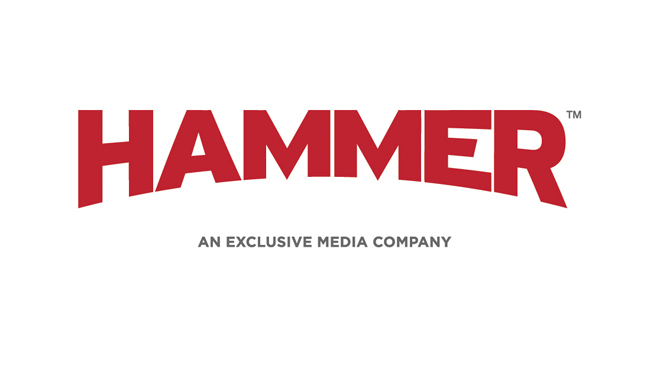
The reboot
“To me, Hammer was something I got to know via late night television. Directors like Scorsese and Tarantino had often referenced it – looking at Hammer from the pulp point of view, or from the artistic point of view – but it wasn’t producing anything anymore. So, I had an affection for it, but I wasn’t scared by it. By the time I came onboard, Hammer had entered the vernacular as an expression, almost like a descriptive noun. So, I wasn’t buying a film company, I was buying a brand, buying a library and buying a feeling.”
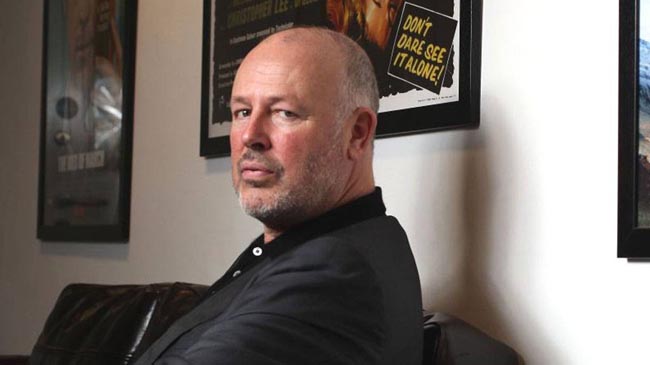
The new direction
“Part of the thought process was thinking ‘what films would Hammer be making now if they had carried on?’ They wouldn’t be slashers, they wouldn’t be torture-porn, they’d be character-driven, story-driven films. I probably wouldn’t use the word ‘horror’ all the time either. ‘Hammer House of Horror’ only came in with the TV series, but in its heyday it was called ‘Hammer Films’.”
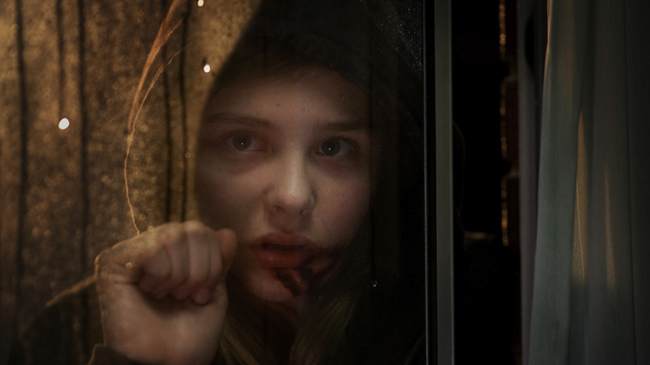
The shaky start
“I would say we found our feet slowly. We made Wake Wood – it was OK. It was on a budget. We thought it was in the right wheelhouse. And we’re incredibly proud of Let Me In . I think in retrospect it was probably very close to the original, but when we saw the Swedish film we never in a million years expected it to become this sort of global, arthouse phenomenon… so we made our version. I think it was critically well received, but it’s difficult to market to the key demographic when your leads are 12 years old!”
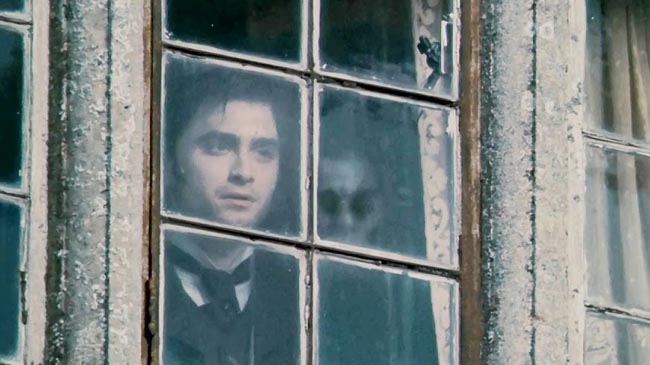
The Woman In Black
“ The Woman In Black was the film that really put us on the map again. I think people were saying, ‘OK, let’s see what they do next.’ And clearly The Woman In Black , for lots of different reasons, had all those elements that define the new Hammer. There’s no point competing in the same wheelhouse as Eli Roth or James Wan or whatever – we have to be ourselves. And also, we have to celebrate the Britishness and the heritage of the films, and I think that’s really important because it sets us apart. No one else can be Hammer. We are who we are.”
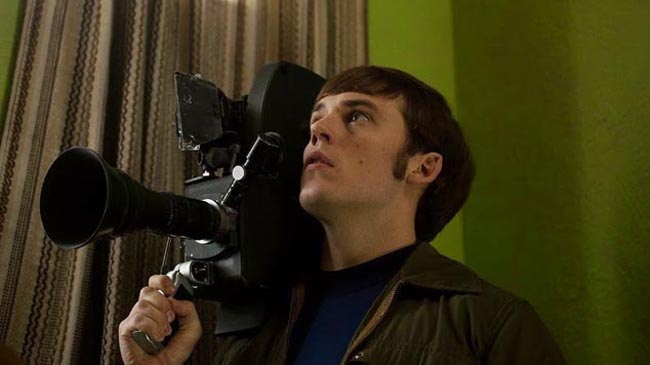
The Quiet Ones
“ The Quiet Ones was one of the scripts we first bought in 2007. It just happened that we got the other movies made quicker, because the development process was quicker. The reality is that it isn’t a found footage film – it appears to be found footage because it’s real and it’s happening now – but it’s a play on the idea of found footage. The whole shaky camera thing intrigued us but we said, y’know, ‘been there, done that’... Let’s just land this in the here and now.”
The Quiet Ones is in UK cinemas now.
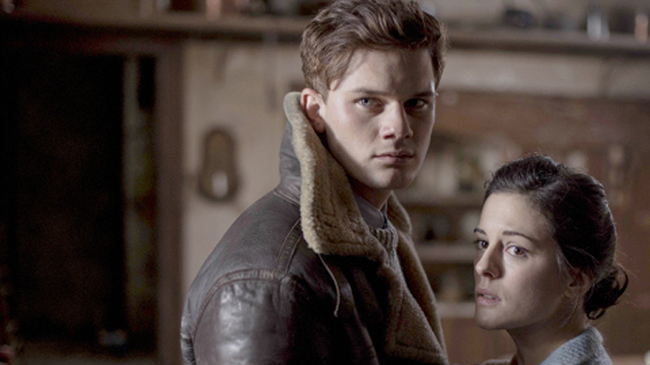
Woman In Black: Angel Of Death
“We’re trying not to use the word sequel because it’s set 40 years later in the Second World War, in blitz-torn London. These kids are evacuated from the city to go to the country where it’s ‘safer’. Of course, it’s not safer at all, because they’re evacuated to Eel Marsh House. We’ve got a sort of triangle going on between the woman in black, Jeremy Irvine’s character and this young, amazing actor called Phoebe Fox, who’s our lead. So, instead of having the most famous young actor in the world playing the lead in the first one, we have a complete unknown playing the lead in this one! I thought, if you’re going to be different, you may as well be really different…”
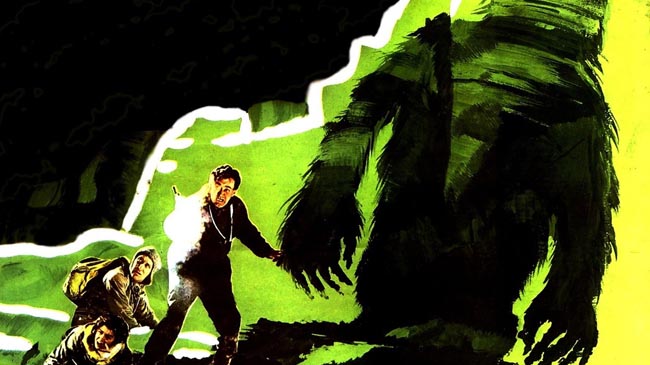
The Future
“I’d honestly like us to resurrect some of the classic characters. We’re always looking at Frankenstein, Dracula and Mummy projects but it’s all about finding a way in. But we are doing The Abominable Snowman . I’m calling it our ‘ Jaws in the snow’ – as opposed to our ‘ Predator in the snow’. It’s that push of abnormality with normality… of characters finding themselves in extraordinary circumstances. We’re in the latter stages of development for that and it’s going to be the first time we’ve ever done anything from our back catalogue. Other than that, we’re also working on rebooting Quatermass for television – taking the character, taking the DNA and placing him in the real world now. Steve Thompson’s the writer who’s been part of the Sherlock team, and we’re nearing the point where we think we’re very confident with it. It’s been a long process, but I’m really, really excited about it."


